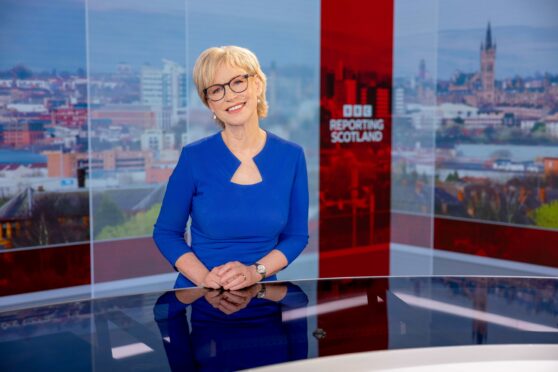
As she heads into the final stretch of 27 years hosting Reporting Scotland, Sally Magnusson has battled with a newsreader’s greatest adversary: a dodgy throat.
Lumbered with the lurgy earlier this year, her voice has only just recovered enough to make it through bulletins without coming to a croaking halt.
But that didn’t prevent one brief episode becoming a viral moment of a different kind.
“I’m assured I have become a TikTok sensation because some bright spark recorded my coughing fit,” she explains as she chats to P.S. ahead of her last shift this week.
“I haven’t seen it myself, but it was one of these ones where I just couldn’t stop. I kept trying to speak… unsuccessfully. It’s always a bit of an occupational hazard, the one thing you really can’t do anything about.”
Perhaps online stardom has come just in time to launch a new career as a TikToker?
“Yeah that’ll be right!” she laughs.
Reporting Scotland memories
Sally, 69, is one of Scottish TV’s most familiar faces. The eldest daughter of Icelandic former Mastermind host Magnus Magnusson and Scottish newspaper journalist Mamie Baird followed in their footsteps by joining The Scotsman in 1979 and later moving into TV, presenting on Sixty Minutes and Breakfast Time in the 1980s.
She joined Reporting Scotland in 1998 and can just about recall her first presenting shift.
“I don’t remember the stories but I do recall thinking I could put my mark on it and lighten it up a bit,” she said. “I said something or other. It wasn’t inappropriate or anything, but I came off air and wondered if it had been a wise move.
“The editor said they liked what I did – phew! I don’t really remember any more than that.”
Dunblane
Sally has covered almost every major news event in Scotland over the past few decades.
She remembers being a part of history unfolding in 2011 as she fronted overnight Holyrood election coverage when the SNP swept to a landslide victory that took everyone, Alex Salmond included, by surprise.
Covering tragedies like the Clutha helicopter disaster also sticks in the mind, as well as her part in Scottish Bafta award-winning coverage of the aftermath of the Dunblane massacre.
“It was one of the hardest stories, probably for any of us who covered it,” Sally recalls. “At the time I had a child who was the same age as those who died. I was commentating live on the service on the Sunday at Dunblane Cathedral. That was incredibly difficult.
“There were three of us in this kind of annex. I had a little brother who was killed in a road accident aged 11. At one point, I started to think about him and I thought ‘you can’t do this’. I was just composing myself when I heard a noise beside me, the soundman, bless him, having a quiet sob to himself, so that didn’t help me.
“It’s ridiculous in that situation, but I just had to think of something funny and remove myself from the emotion and just do my job. I had to very consciously remove my mind from it. That was hard.”
Broadcasting with the future King
Fortunately, there is always light and shade to news coverage. Another of Sally’s most memorable moments came in 2012 when she got to hand over to the future King for a lunchtime weather report.
Charles and Camilla had been on a royal visit to the BBC’s Glasgow studios when they decided to get hands-on.
“That was great fun,” Sally says. “My weather colleagues had arranged a little piece on autocue that Charles read extraordinarily well. That man could be a television presenter if he wanted to. He was very good at it, charming and funny.
“Just before we parted, I asked Camilla if she’d like to have a go as well. She said ‘oh, no, no’ and I said, ‘oh, go on!’
“It was just like shoving somebody’s elbow in a pub! So she had a go as well. She was really good for a laugh.
“These tend to live in the memory as much as any of the more serious interviews, which all kind of blend into each other in the end.”
The warm face of the news
Even in the age of instant news at our fingertips, newsreaders like Sally will often still be the face people associate with their first time hearing of monumental events.
It gives the role a gravity and responsibility and, announcing her departure from Reporting Scotland, Sally’s BBC colleagues praised her “authority, warmth and gentle sense of humour”.
“I’ve always just felt that my job is to be the person who gives the viewer what we want them to hear, in the right way,” she says. “It should always involve warmth, but sometimes that’s a tone of gravity, or you can have a smile in your voice.
“Sometimes you can laugh. The important thing is always to do the right thing at the right time.
“Often the most difficult thing is when something goes wrong or when you have your coughing fit or that kind of thing, to recover from that in a way that doesn’t denigrate the fact you’ve actually been talking about something rather important or you’re about to, when actually you want to kind of laugh at yourself.
“Navigating that line, the way I’ve always thought about it is just to take the viewers with me. If something’s going wrong, be open about it. If it’s funny, invite them to share it. If something is serious, let them know that. That’s the way I’ve operated. I hope that’s worked.”
Next chapter
When she steps out of the Reporting Scotland studio for the last time this week, Sally will be entering a new chapter in her career which, in recent years, has been fairly hectic.
Now with more time to balance her varying personal and professional goals, the mother-of-five is preparing for the release of her fourth novel, The Shapeshifter’s Daughter, in November.
Much of her writing has drawn on her Icelandic heritage and Norse mythology, which she’ll have time to explore even further.
“It’s been difficult to get the time for research trips, so I hope to be able to do that,” she says.
“I also now have five young grandchildren in different parts of the country who I very much want to be able to visit and help with.
“Family’s enormously important, it’s always been central for me and I’m lucky to have a very loving one.”
Playlist for Life
She hopes as well to continue her mission to help people living with dementia and their families through her Playlist For Life charity.
It was founded after she discovered the power music had for those with the condition while caring for her mother, Mamie, who died in 2012 having lived with Alzheimer’s and vascular dementia for several years.
“I hope to continue helping out where I can and raising awareness of the issues that are such a blight on so many lives, increasingly so.
“Things come along all the time that I by and large have to say ‘no’ to. Every now and then it would be nice to able to say ‘yes’.”
While she’s excited for the new chapter, she will miss her BBC colleagues – although she hopes to continue to pop up now and again on a number of new projects.
“I’ll miss being in a newsroom, which I’ve been in in its various forms since I started out at the very end of the 1970s,” she says. “It’s a very different environment now but somewhere that I’m comfortable with the noise and the bustle.
“I’ll miss being part of that but also the people. Putting out a programme is a team game – I couldn’t do my job without all the others doing theirs and I’ll miss them.”
Fashion? I’d rather sit down
From working on inky typewriters in her early days to hi-tech studios and social media, the news industry has changed a lot throughout Sally’s career.
“It’s been a period of fairly galloping change, but what’s the same is the desire of journalists to report truthfully and fairly on the issues of the day,” she says.
“That remains at the core, whatever the paraphernalia delivering it is. I’ve been in umpteen studios, presenting with a partner, without a partner, standing up, sitting down.
“I remember I got a letter which I found again while cleaning up my locker the other day. It was from somebody saying: ‘I like your work but I do worry about you standing up all the time. It’s not very flattering to see people’s side views. I hope you can speak to the powers that be and get yourself a seat’.
“Needless to say, I didn’t bother doing that!”
It raises the question though, does she prefer presenting sitting or standing? She pauses a moment to ponder.
“I would’ve said sitting down because in general I’m not fond of fashion and gimmick,” she admits. “Just sit down and deliver the news straight has been my view of it.
“On the other hand, the set now is big and beautiful and involves moving around. It’s quite engaging, you have to concentrate to be in the right place at the right time.
“It’s a good experience for the viewer, because you can display a story visually on the amazing screens. I think it both belongs to the times and works in terms of communication, which should always be the bottom line.”
Sally will present her final edition of Reporting Scotland on Friday
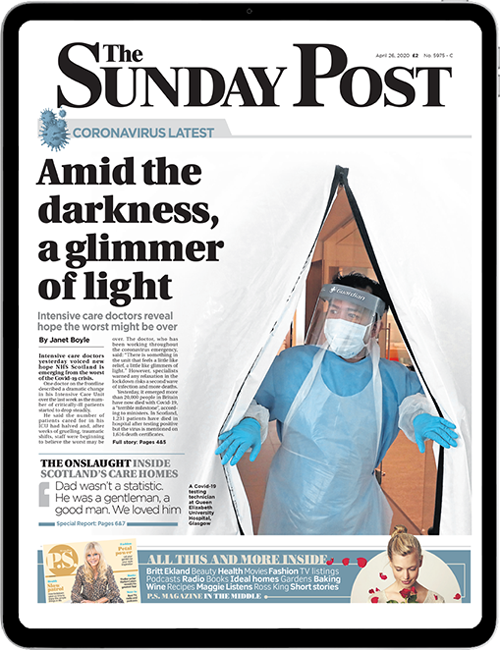
Enjoy the convenience of having The Sunday Post delivered as a digital ePaper straight to your smartphone, tablet or computer.
Subscribe for only £5.49 a month and enjoy all the benefits of the printed paper as a digital replica.
Subscribe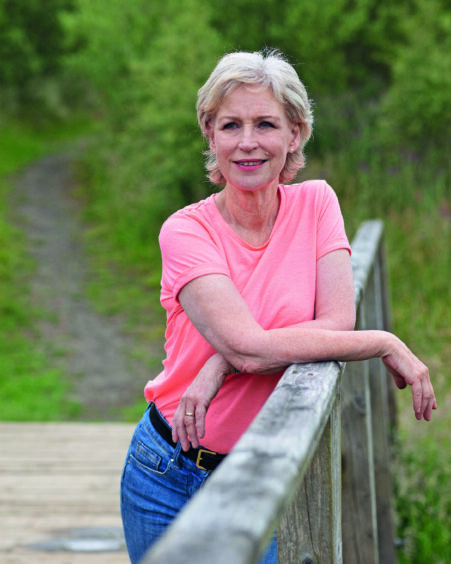 © Susie Lowe
© Susie Lowe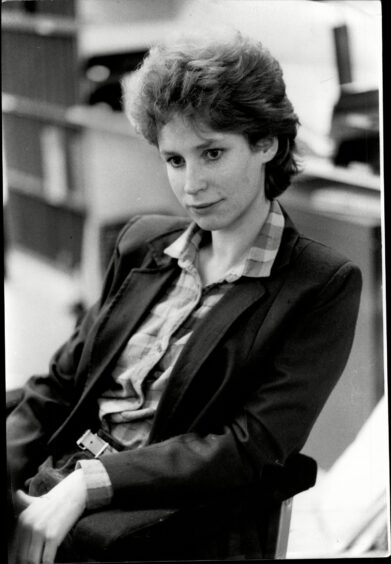 © David O'Neil/ANL/Shutterstock
© David O'Neil/ANL/Shutterstock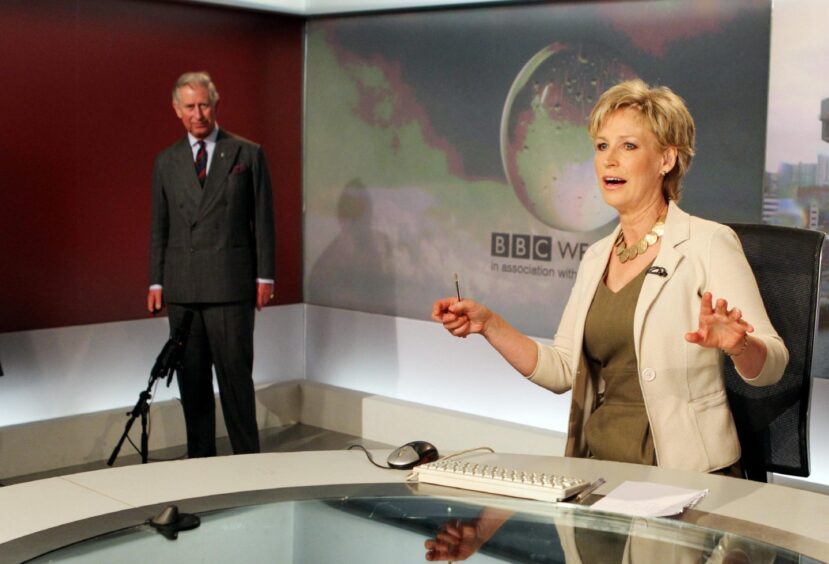 © Shutterstock
© Shutterstock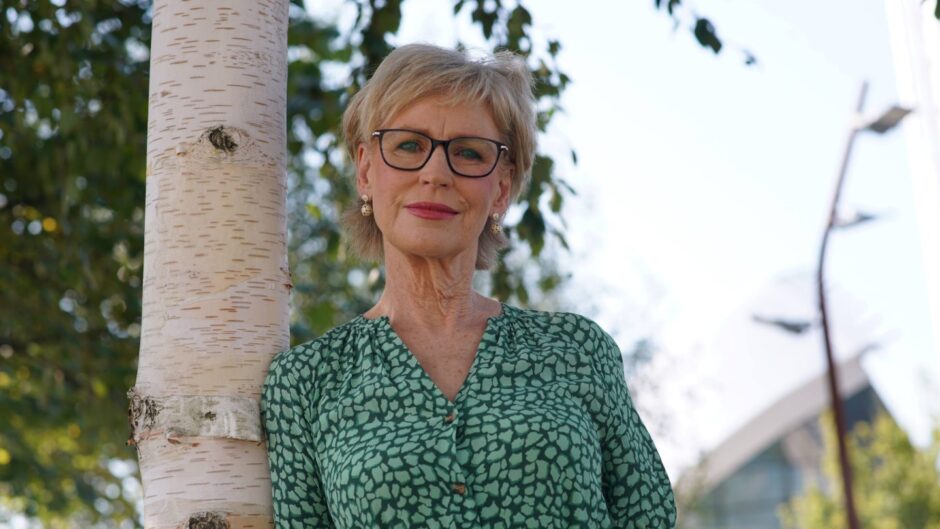 © Tim Niel/Finestripe
© Tim Niel/Finestripe © Sally Magnusson
© Sally Magnusson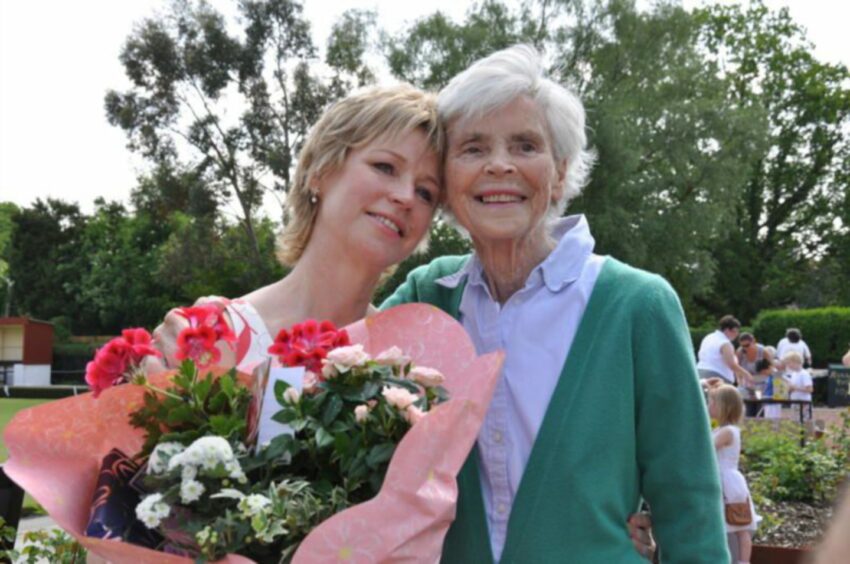
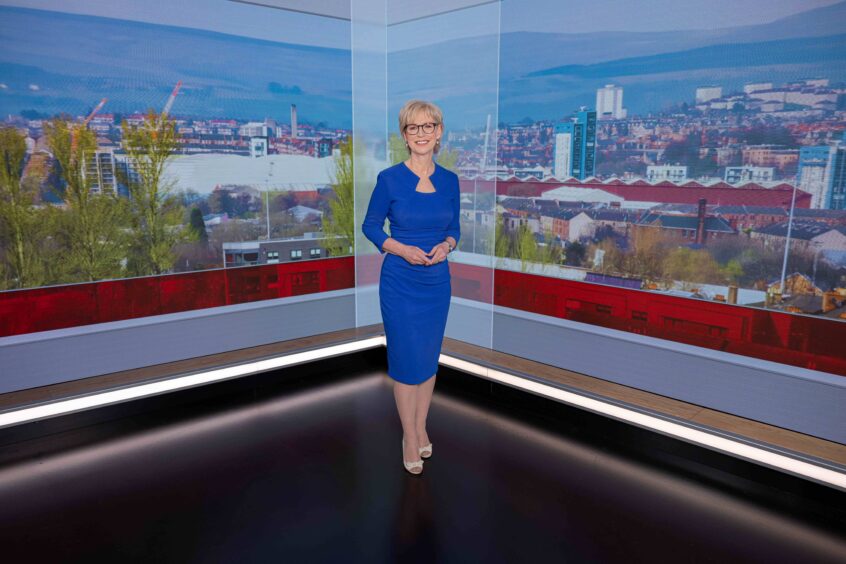 © BBC News
© BBC News